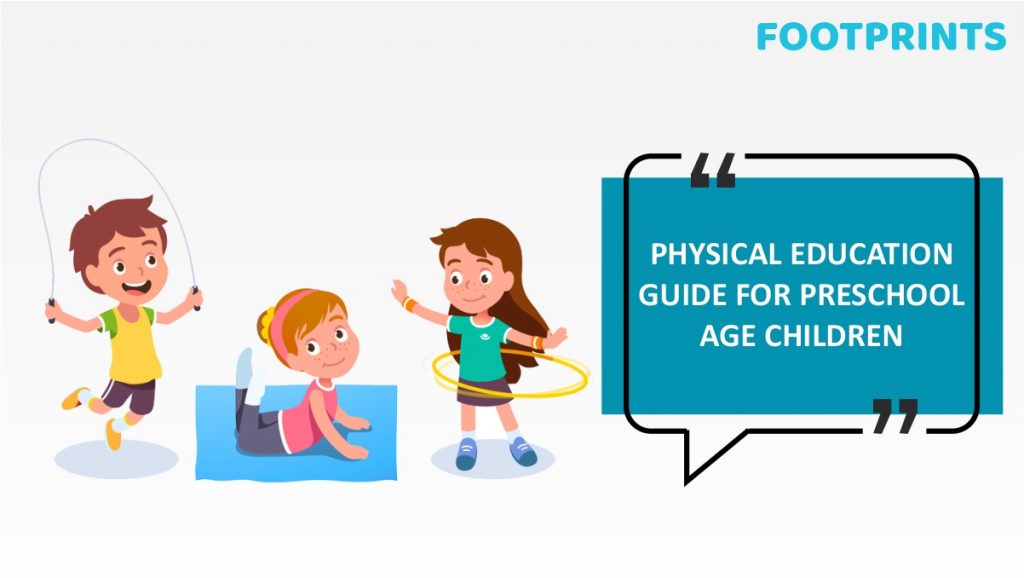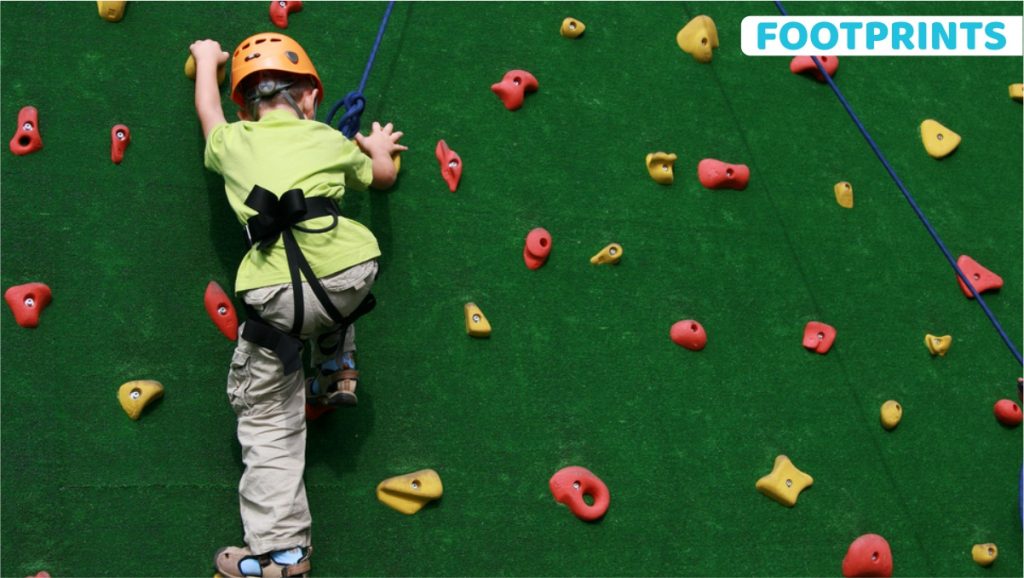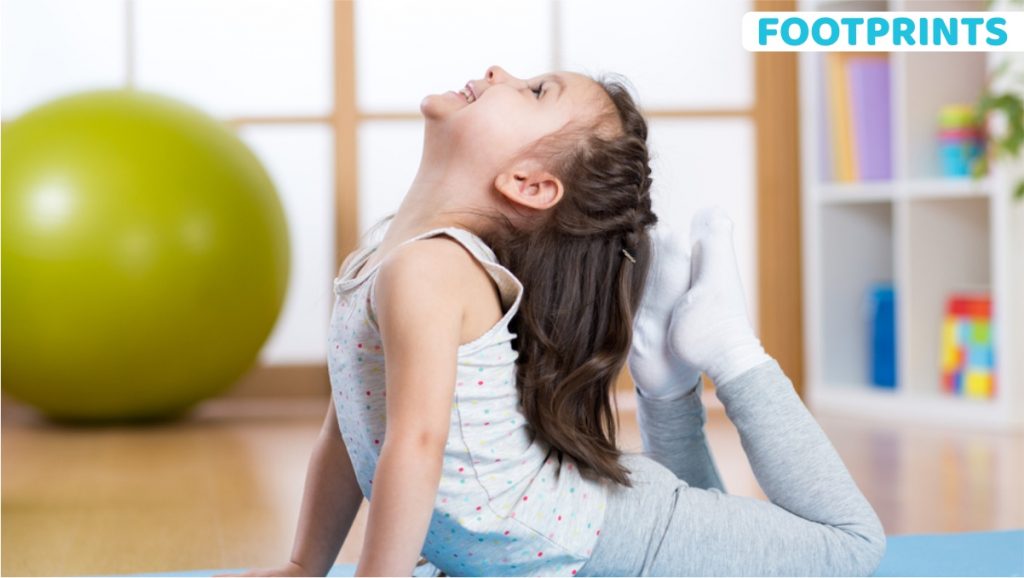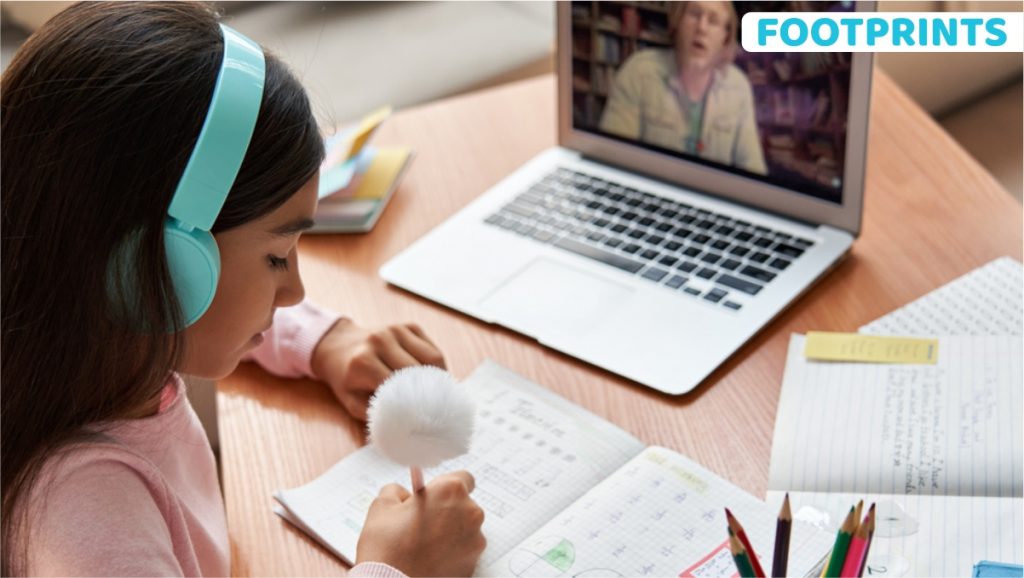
Academics are extremely important for school-age children to develop a solid foundation for the years ahead, but creating time for fitness deserves equal importance. Whenever children get time to run and play before, during, or after school, they are likely to focus more and fidget less during their classes. Physical Education (PE) subject makes it mandatory for every student to move and stay physically active during school hours. Not just that, it opens a realm of new opportunities and exposes them to new sports & games that help them inculcate essential health habits. Here is Comprehensive Physical Education Guide For Preschool-Age Children.
The vast benefits of physical activity in young people are widely recognized, especially in the post-covid world. For children in their play school and teenage years, it is extremely important to remain physically active and maintain a healthy diet daily to grow up healthy. Physical activity benefits everyone at every age and supports little in various ways like:
- Become more agile
- Become flexible
- Strengthens bones and muscles
- Improve balance and body posture
- Keep the heart and lungs healthy and strong
- Reduces the risk of obesity and helps maintain a healthy body weight
- Improves their mood, self-esteem, and mental well-being
- Improves their focus on studies
- Lowers the risk of several diseases
Why does physical activity matter for preschoolers?
WHO defines physical activity as any bodily movement produced by skeletal muscles that require energy expenditure. Adequate physical activity supports healthy brain and body development in toddlers. In their initial years of school when the minds and bodies of toddlers are still in the formation period, encouraging them to include physical activities in their daily routines can foster a strong and healthy development in them. Children in general have high levels of natural energy which can be directed to good use by involving them in playing outdoors. Apart from health benefits, maintaining good fitness levels in young ones helps in developing important skills that help them in their formative years. Some of these include:
Social skills:
Playtime is the best time for little ones to socialize and learn essential social skills that are necessary to be an active learner in school. Teachers, parents, and guardians can further support children by teaching them skills like active listening, following instructions in sports, communicating effectively, sharing and respecting boundaries, etc. You can even teach little ones the importance of good and bad touch through fitness as a medium.
Motor skills:
Although preschoolers have better control over their bodies as compared to young babies, they are still refining their muscle strength and reflexes. By being active and indulging in various outdoor sports, children can grow and expand their motor skills through various balancing activities like climbing and jumping, sports involving throwing balls, and others.
Improves concentration and memory:
A child’s brain begins to form connections and neural pathways at toddler age, giving little ones critical skills that will help them for the rest of their lives. Playtime requires children to use every part of their body including the brain that helps test memory and concentration in various games and instruction-driven sports.
Improves bone strength:
Physical activity can help boost bone development in young children in their initial years when their bones are forming. As bones tend to respond to the level of force, more physical activity means stronger bones. For toddlers and preschoolers, activities like jumping, dancing, running, and aerobics can improve bone strength.
How much time children should spend being active?
Children of 3 years of age and older should be encouraged to engage in moderate to vigorous physical activities daily
Moderate physical activity means being a little more intense and faster than slow walking while vigorous physical activity may include brisk walking, running, or jogging which can get children breathless or breathe faster & deeper. When children are breathless during vigorous activities, they are exercising their lungs, heart, and muscles in their arms and legs. Engaging in such forms of physical activity also helps them burn calories and improve body strength while maintaining healthy body weight. Unless there are certain health restrictions in some children, being breathless during physical activity is healthy, safe, and does not cause any physical harm.
The intensity of fitness levels should vary according to children’s fitness levels
Physical activity is important but it is also important to check your child’s fitness levels to decide the intensity with which they should play. You can watch for signs of fatigue, uneasiness, and how they respond when they are breathless to decide their ideal levels and time spent on physical activity. This is because every child has different fitness levels – one child may be slightly winded by physical activity like running but it may impact severely another. If you feel your child is showing signs of fatigue in intense games, encourage them to engage in fun, less intense, or modified activities or set some instructions in the game according to their health.
How to promote active living in children?
Engage your child in household chores
Encouraging children in imbibing healthy habits begins at home. Motivate your little one to participate in household chores like washing the car, taking the pet for a walk, kneading the dough, dusting, etc. With these simple activities, you can develop good habits of being in motion throughout the day in your children.
Setting a playtime hour of the day
For children, engaging in physical activity for at least 60 minutes a day is essential to lead an active and healthy lifestyle. Schedule a time slot for your child as per the school and study schedule in a day for your child and set it aside for just playing. It will not only help your little one be physically active but also relax and take a break from the academic burdens.
Limit screen time
In today’s digital age, children spend a higher degree of time on screens than ever before. With the pandemic and lockdown, it has further increased due to online classes and video games. However, if your child spends too much time on screen, he will miss the most essential part of the day going outside and playing. This can further lead to laziness and increased body weight and expose them to other health problems. By limiting screen time for your child, you can help your child lead a disciplined and active life.
Let them choose their own sport
There are innumerable types of games and sports for your child to choose from. Let them pick the sport they want to play as per their interests. This will give them a sense of freedom to make their own choices and they will also enjoy playing the game of their choice. Who knows, they might actually become serious and take that sport as a career choice in the future.
Conclusion
There are many ways in which you can teach your children the importance of physical education and how to lead an active lifestyle. However, finding the right way for your child may be a tough choice you need to make as a parent. This is the best preschool guide for you to understand different ways and levels of fitness for preschoolers. The earlier your child starts physical activity, the better it is for them in the long run. At Footprints, we understand that physical and mental health go hand in hand and give equal importance to physical education for preschoolers. Encouraging students to participate in joyful experiences while teaching them the important lessons of life, is key to holistic development which remains our top priority.





